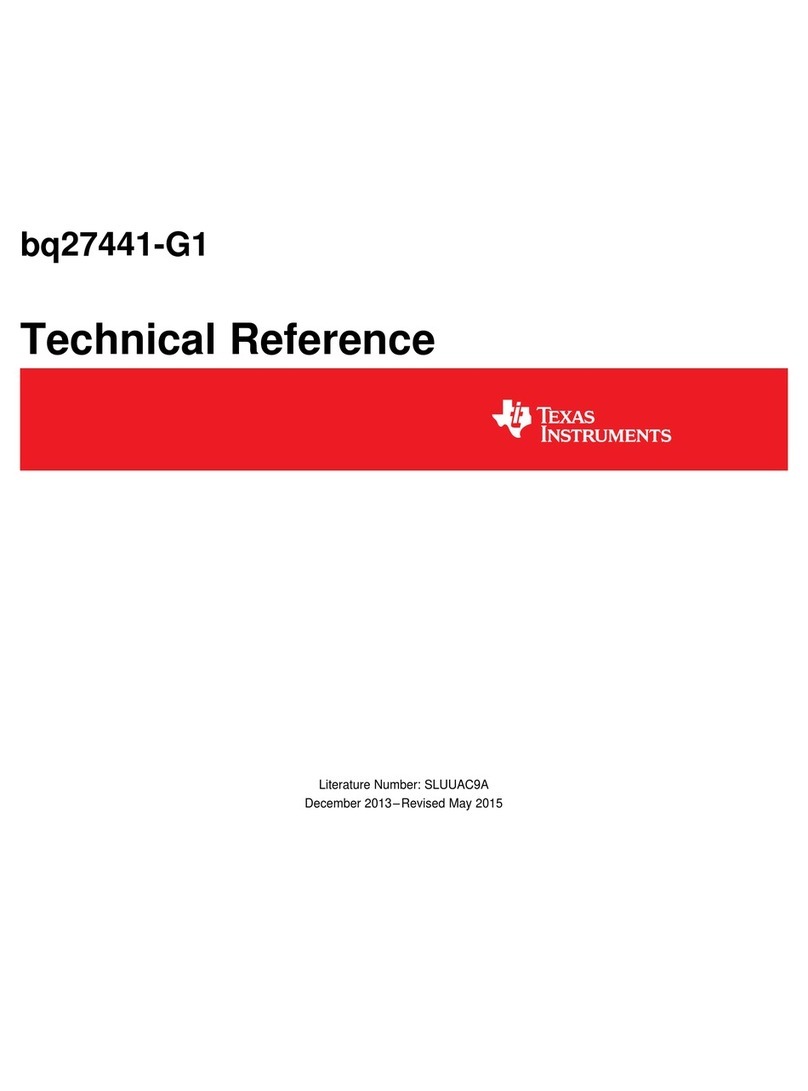Texas Instruments TPS3703 User manual
Other Texas Instruments Measuring Instrument manuals
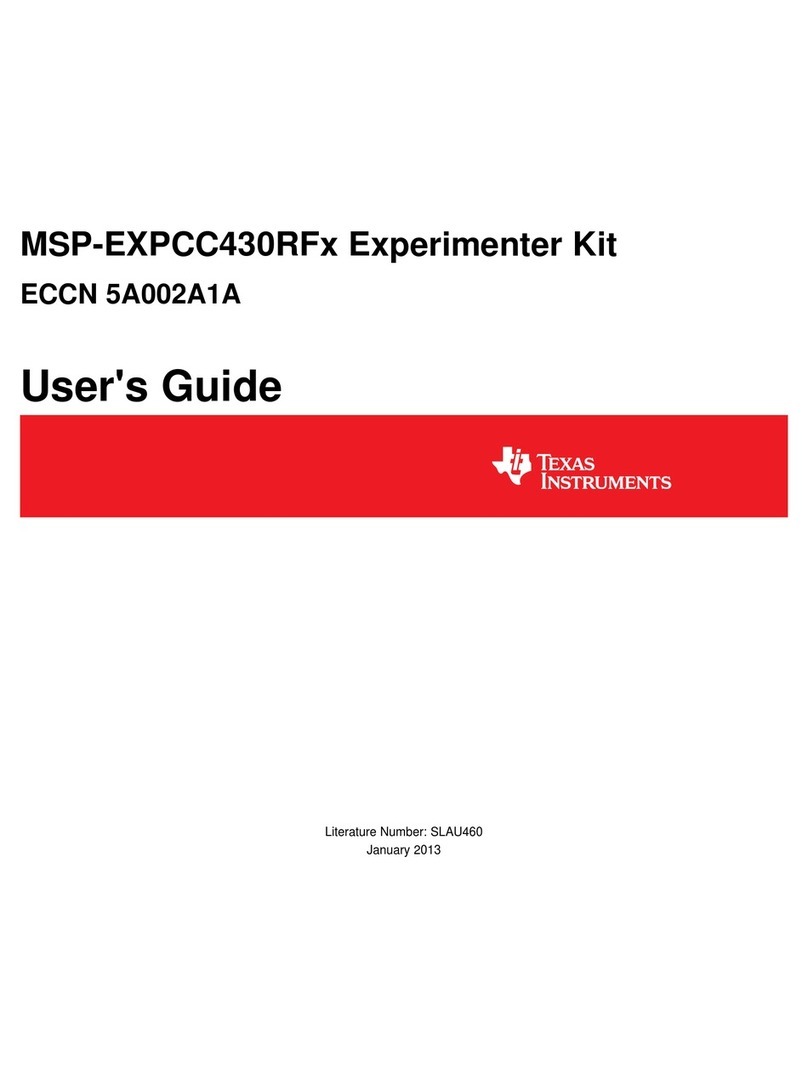
Texas Instruments
Texas Instruments MSP-EXPCC430RFx User manual

Texas Instruments
Texas Instruments PHP2700 User manual
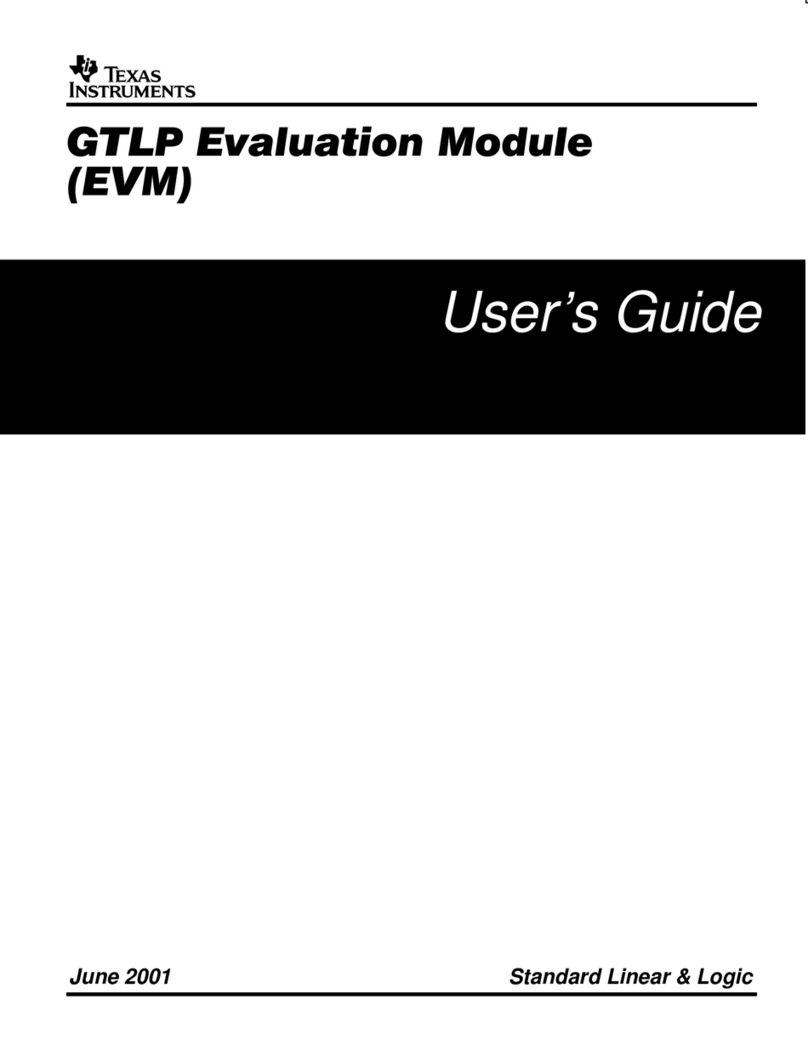
Texas Instruments
Texas Instruments GTLP User manual

Texas Instruments
Texas Instruments TLV320AIC12 User manual
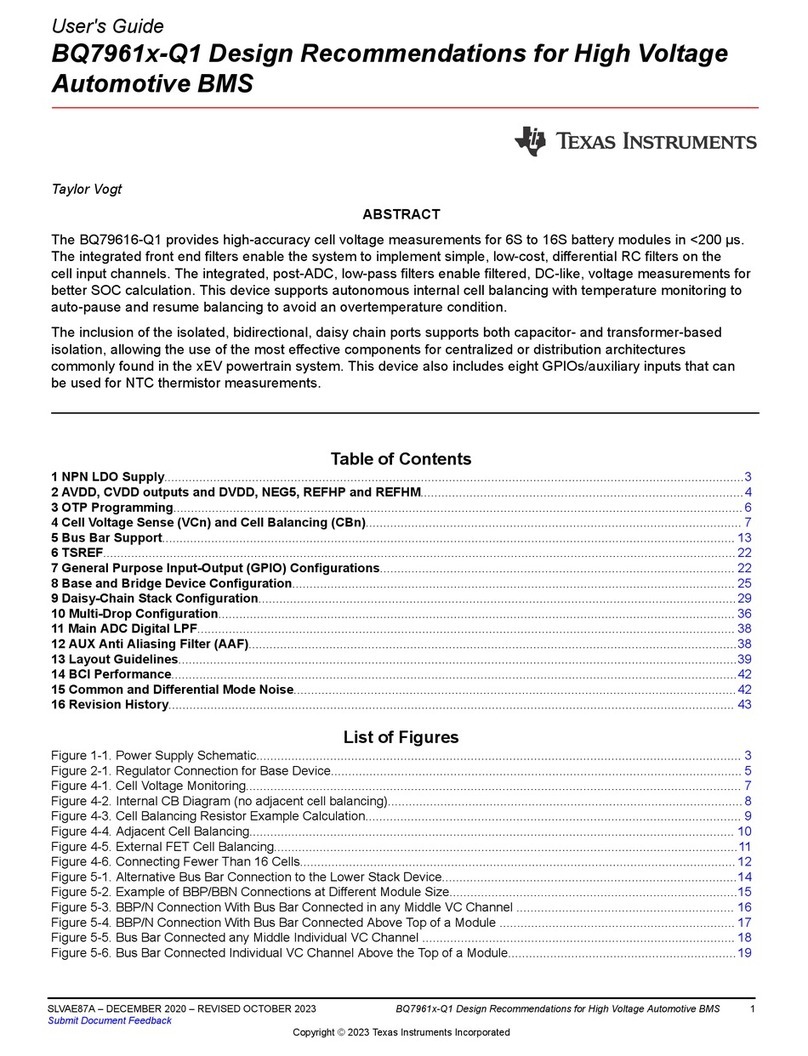
Texas Instruments
Texas Instruments BQ7961-Q1 Series User manual
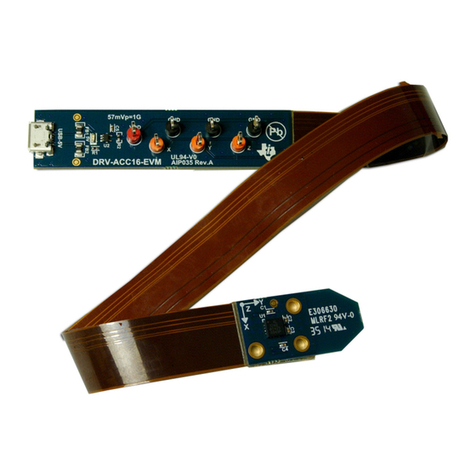
Texas Instruments
Texas Instruments DRV-ACC16-EVM User manual
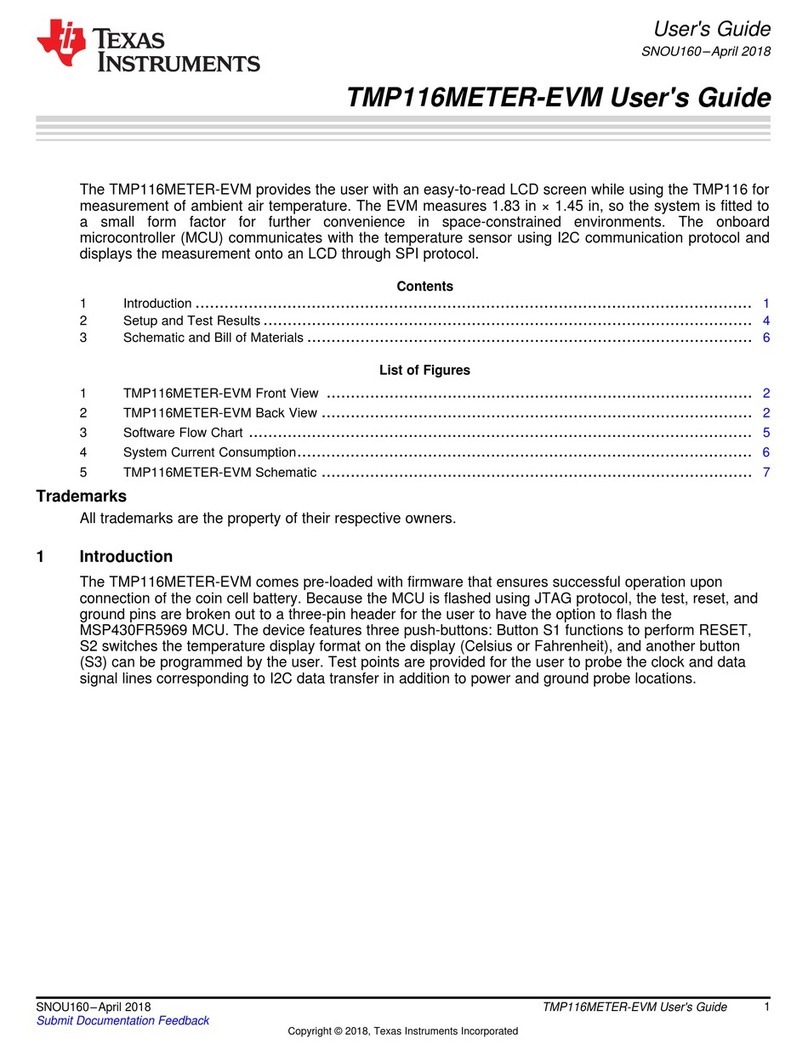
Texas Instruments
Texas Instruments TMP116METER-EVM User manual
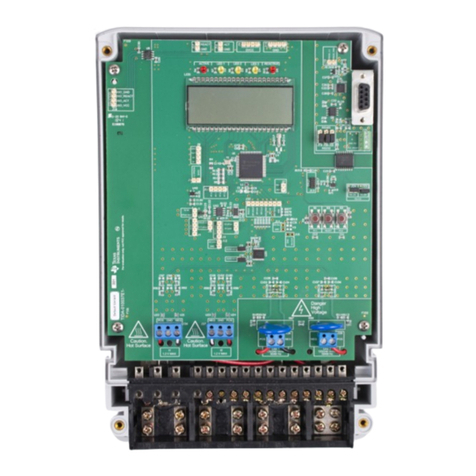
Texas Instruments
Texas Instruments TIDA-010037 User manual
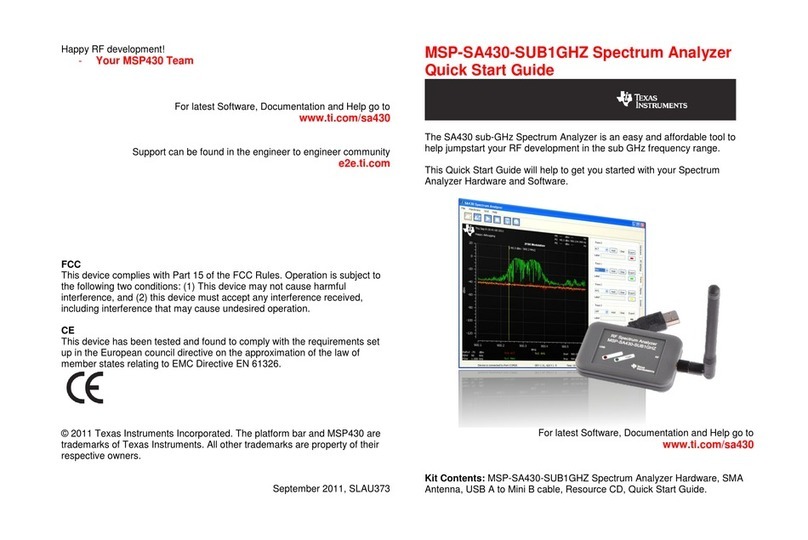
Texas Instruments
Texas Instruments MSP-SA430-SUB1GHZ User manual

Texas Instruments
Texas Instruments TI-34 - MultiView Scientific Calculator User manual
Popular Measuring Instrument manuals by other brands

Powerfix Profi
Powerfix Profi 278296 Operation and safety notes

Test Equipment Depot
Test Equipment Depot GVT-427B user manual

Fieldpiece
Fieldpiece ACH Operator's manual

FLYSURFER
FLYSURFER VIRON3 user manual

GMW
GMW TG uni 1 operating manual

Downeaster
Downeaster Wind & Weather Medallion Series instruction manual

Hanna Instruments
Hanna Instruments HI96725C instruction manual

Nokeval
Nokeval KMR260 quick guide

HOKUYO AUTOMATIC
HOKUYO AUTOMATIC UBG-05LN instruction manual

Fluke
Fluke 96000 Series Operator's manual

Test Products International
Test Products International SP565 user manual

General Sleep
General Sleep Zmachine Insight+ DT-200 Service manual
